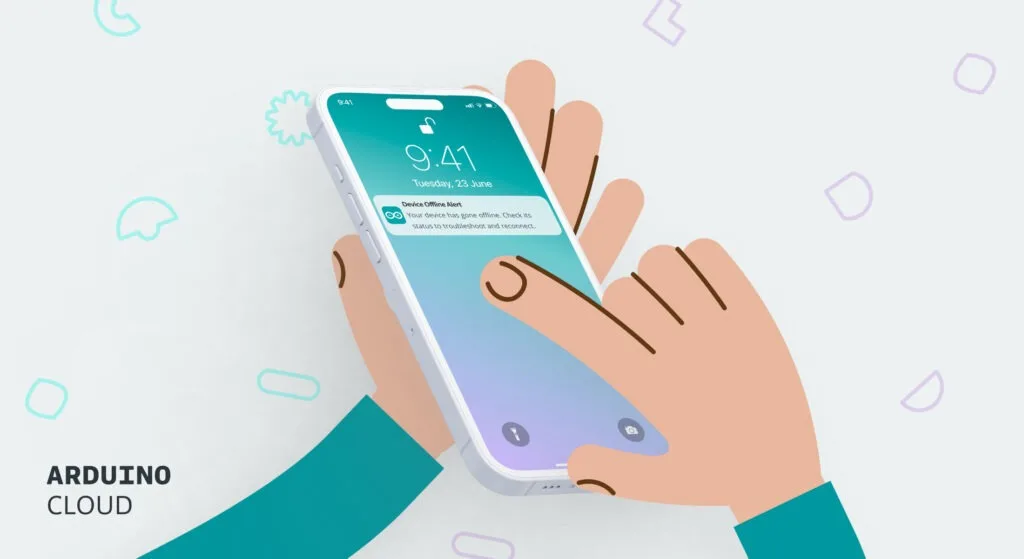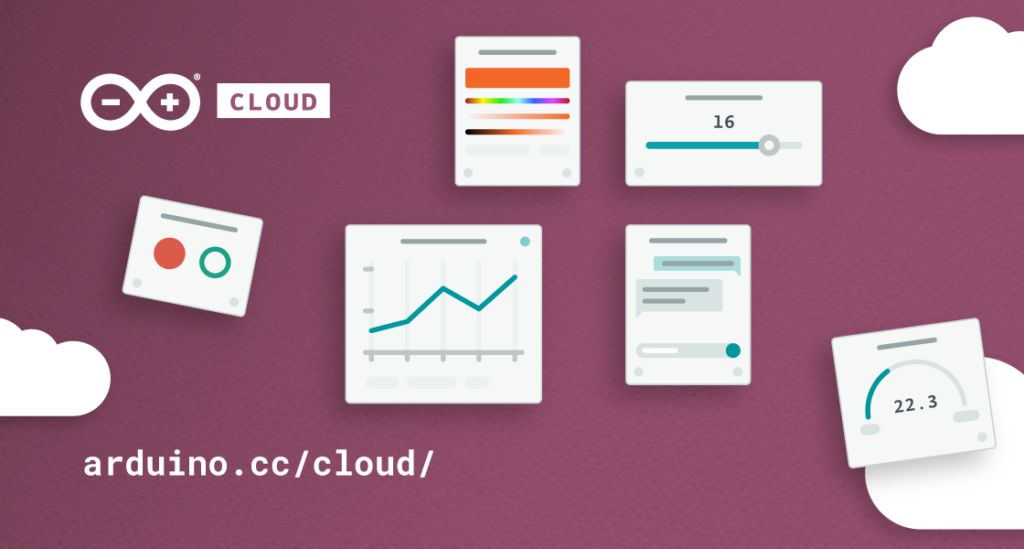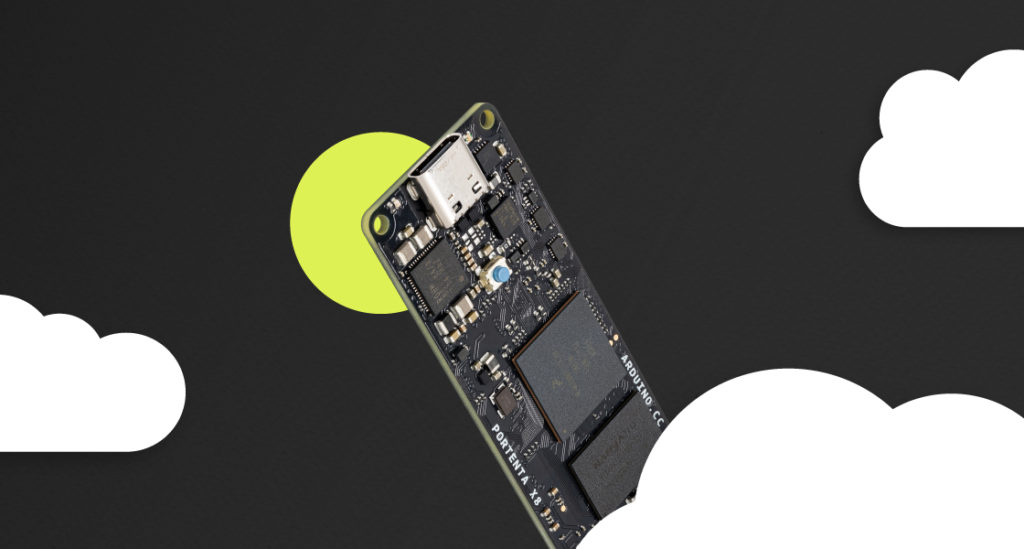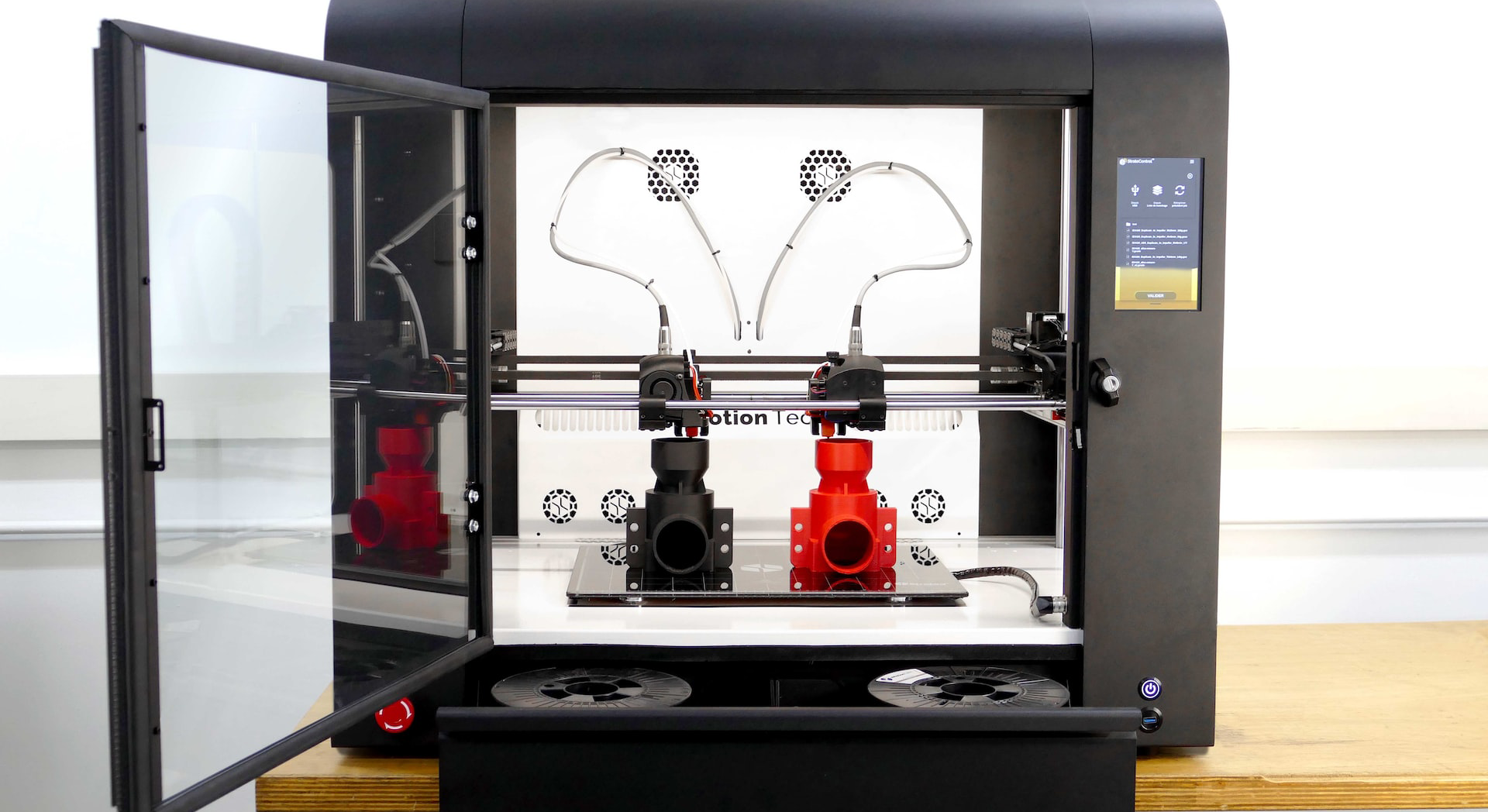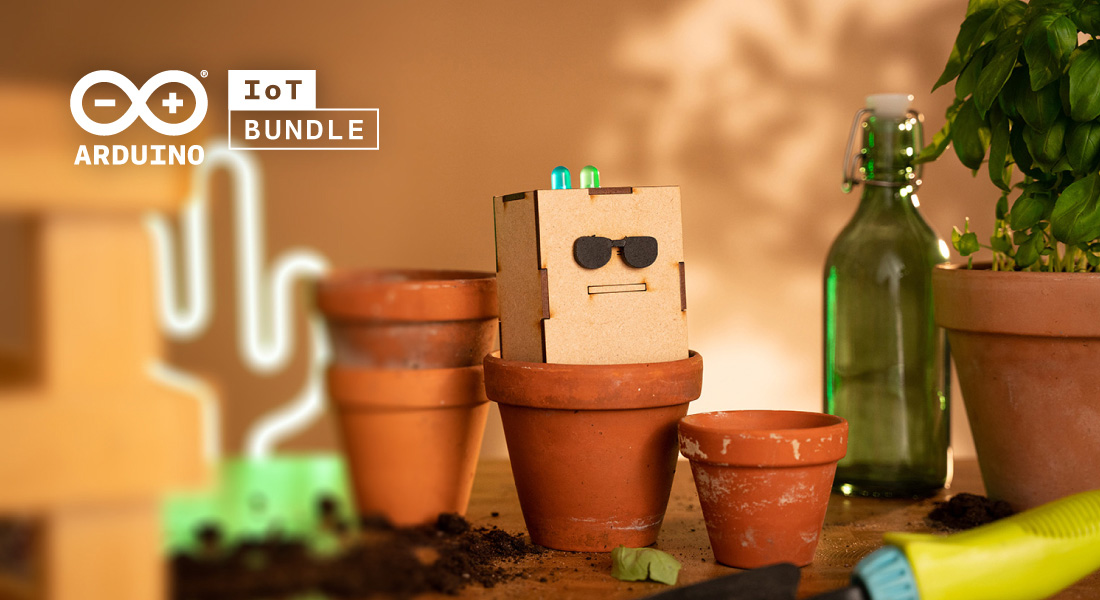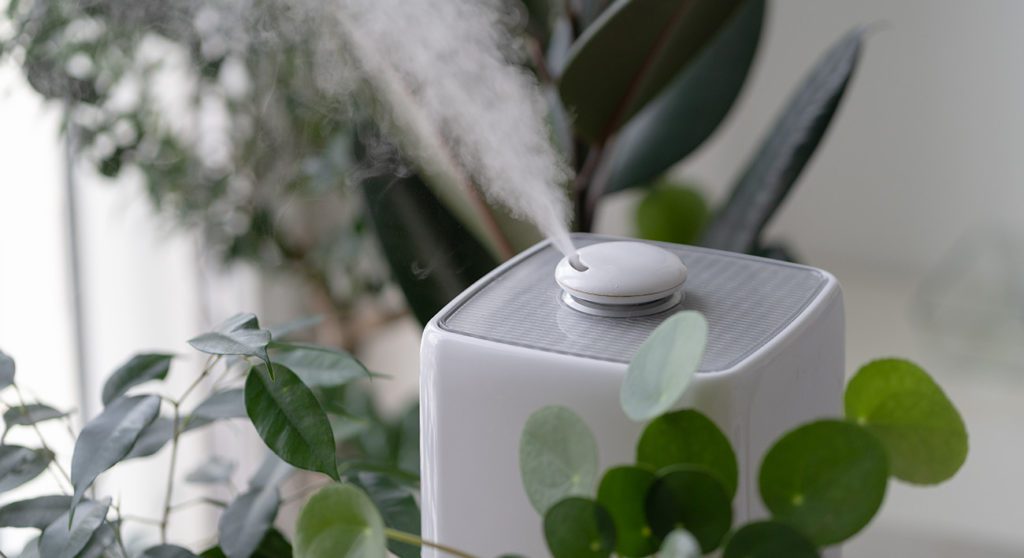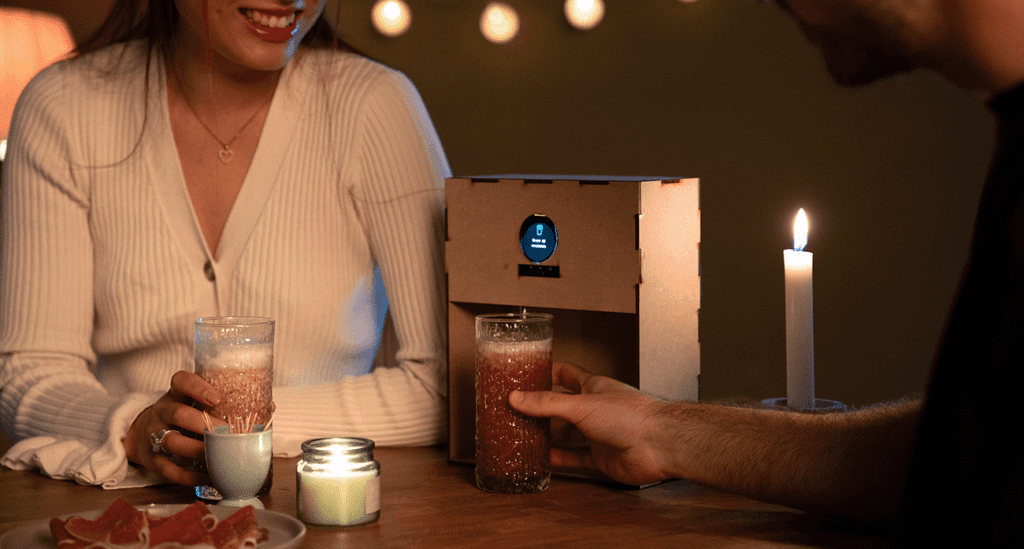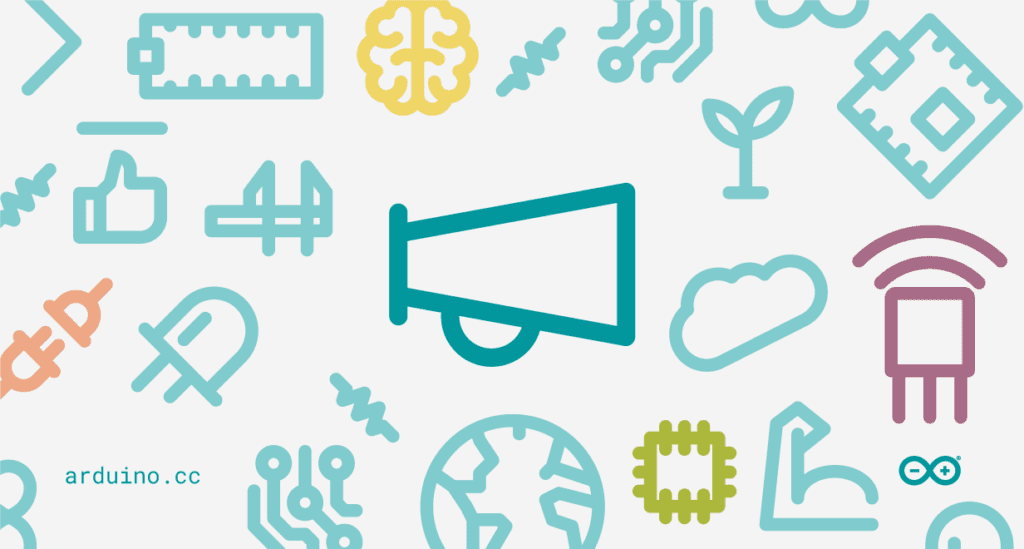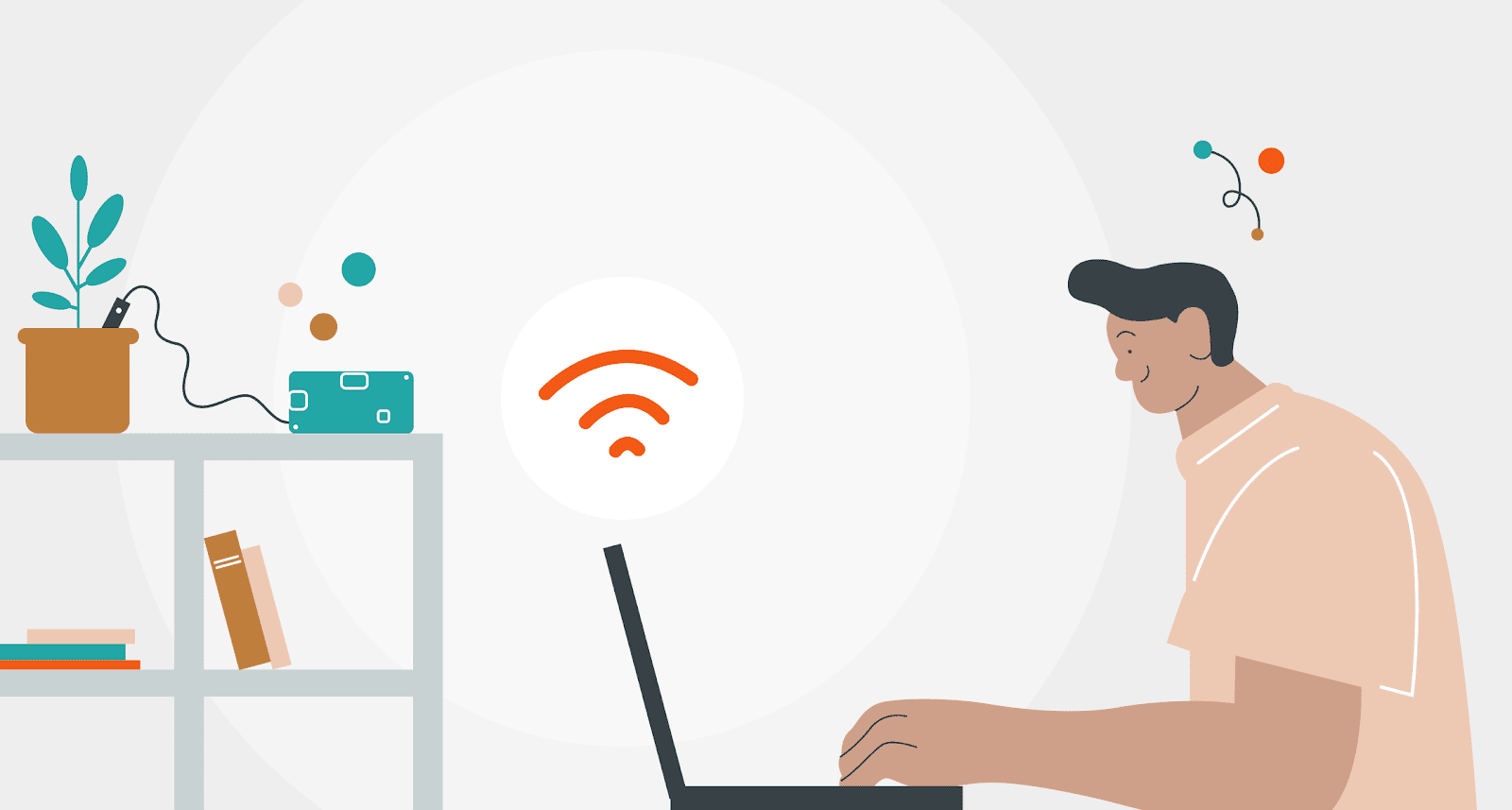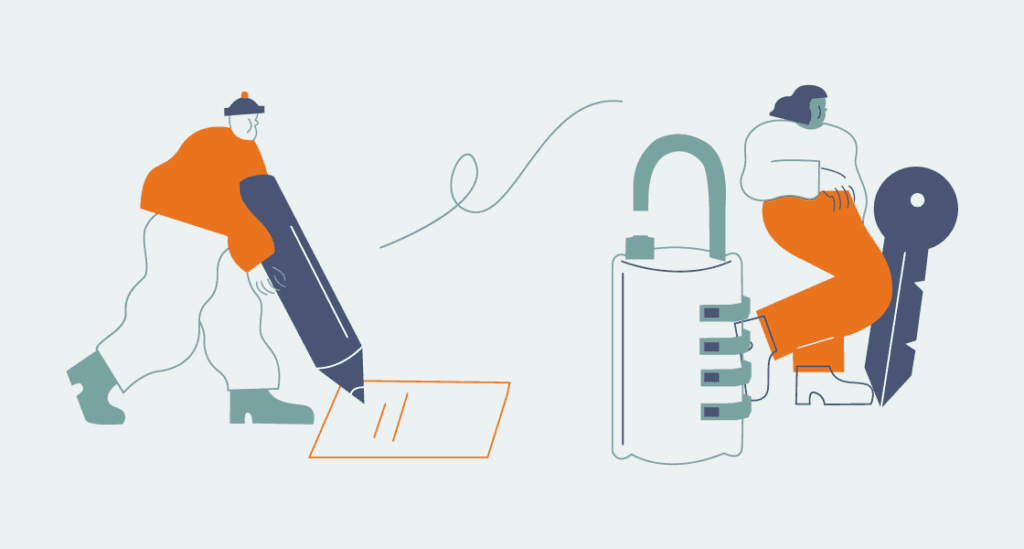Schlagwort: Arduino IoT Cloud
-

Receive an alert when your device goes offline in Arduino Cloud
Reading Time: 3 minutesYou’re managing a network of IoT sensors that monitor air quality across multiple locations. Suddenly, one of the sensors goes offline, but you don’t notice until hours later. The result? A gap in your data and a missed opportunity to take corrective action. This is a common challenge when working with IoT…
-

Portenta X8 in Arduino IoT Cloud
Reading Time: 4 minutesYou may have heard about Portenta X8 for its flexibility of usage of Linux combined with real-time applications through the Arduino environment. But now, a new set of features have been added to Portenta X8 thanks to its brand-new Arduino Python container. Update your board with the latest image (here is a…
-

Update your ESP32 boards over-the-air (OTA) with Arduino Cloud
Reading Time: 3 minutesThe Arduino Cloud is Arduino’s integrated platform to develop, deploy, monitor, and control IoT devices with minimal effort. It enables makers, IoT enthusiasts, and professionals to build easily connected projects based on a wide range of hardware including not only Arduino boards, but also ESP32 and ESP8266 boards. Arduino is committed to…
-

Why using 3D printing in your smart home is so useful
Reading Time: 3 minutes3D printing, the stuff of science fiction only a few short years ago, is becoming more widely available all the time. Buying your own 3D printer to keep in your home is now fairly accessible, with entry-level printers available for just a few hundred dollars. But why would you buy one? It’s…
-

Introducing Arduino’s IoT Bundle and what it means for you
Reading Time: 4 minutesWe’re excited to announce the launch of the new Arduino IoT Bundle. This is built to help you dive into the complex and fascinating world of the Internet of Things with even more confidence and possibility — giving you the hardware, software, and components you need to create your own connected IoT…
-

Humidify the air around you with home automation
Reading Time: 3 minutesKeeping the air in your home in the right condition is incredibly important. Your home is your safe haven from the outside world, a place where you can control your environment and enjoy the comfort and peace of a secure space. Humidifiers are an excellent way to keep the atmosphere of your…
-

Grow a beautiful garden with home automation
Reading Time: 4 minutesA beautiful, lush garden is a wonderful thing. Not only does it look good year-round and impress the neighbours, but itâs also a great place to spend time in the summer months and entertain guests. However, a good garden is not an easy thing to maintain. It takes many hours of hard…
-

Use your phone as an IoT device in the Arduino Cloud
Reading Time: 4 minutesGetting started with a new device management platform is a drag. You have to get familiar with the terminology and the environment. You have to create new devices, dashboards, widgets, and read a lot of documentation and that’s usually very time consuming, even if the platform is very easy to use. Furthermore,…
-

How a Smart Home Can Be A Safer Home
Reading Time: 4 minutesSecurity is one of the things we value most in our homes. A home is somewhere to feel safe, protected from the harms of the outside world. As a result, we tend to invest a lot of money in security features like well-locked doors, alarms, and cameras. Most of the tools we…
-

Build a smart home entertainment system
Reading Time: 4 minutesSmart homes have many benefits, and it’s not all about convenience, security, and chores. Entertainment is a big part of what we do at home, and smart technology can help us maximize our enjoyment of our home entertainment systems and manage them more easily. In this article, we’ll look at some of…
-

Improve Your Cooking with Home Automation
Reading Time: 4 minutesCooking is something many of us love to do at home. There are few feelings more rewarding and satisfying than throwing together a delicious meal in your own kitchen and sharing it with family or friends. However, cooking can be tough. There are lots of things to pay attention to, lots that…
-

40+ Ideas For Your Next Home Automation Project with Arduino Cloud
Reading Time: 3 minutesArduino Team — September 2nd, 2022 Home automation has increasingly become a need in our lives. Without even noticing it we have been adding connected elements to our homes and buildings to make our lives easier and nowadays we are surrounded by electronic devices that monitor our environment, control our lighting systems…
-

Arduino improves the compilation terms for the free plan in the online IDE
Reading Time: 3 minutesOnline interactive development environments (IDE) have taken off during the recent years. Traditionally, local IDEs were considered the best tools for programming as they were usually faster than their online counterparts. But the arrival of new web programming frameworks and the standardisation of high-speed internet connections have improved the user experience of…
-

Top Three Arduino Cloud Games Projects Revealed
Reading Time: 5 minutesThe Arduino Cloud Games was first hinted at just after Christmas, 2021. That’s how long these amazing members of the Arduino community have been toiling on some genuinely incredible projects. The top three were just announced live on the community day at Arduino Week 2022, so we thought we’d give you a…
-

Let your ideas take flight in the Arduino Cloud Games
Reading Time: 3 minutesArduino’s brand new initiative, the Arduino Cloud Games, is now live and accepting submissions. This new program is a way to build a community showcase of the most creative, innovative ideas that show the vast potential and scope of connected projects. Let’s take a look at how you can get involved, and…
-

Arduino Cloud now supports ESP32 devices
Reading Time: 3 minutesSupport for ESP32 devices is now available on the Arduino IoT Cloud. It’s a huge step forward in bringing IoT devices of all kinds together, and giving them a way to get connected, communicate with each other, and offer new levels of convenience and control. A new world of IoT connectivity Arduino’s…
-

Upload your sketch over-the-air with the Arduino IoT Cloud!
Reading Time: 3 minutesOver-the-air (or OTA) programming is a very useful feature in all those cases where your devices are located in places that are not easily accessible. For example, you built a weather station using the Oplá IoT Kit, installed it on your rooftop, and started monitoring the weather from an IoT Cloud dashboard.…
-

How IoT device provisioning to the Arduino IoT Cloud works
Reading Time: 5 minutesThis article was written by Luigi Gubello, Arduino Security Team. Be kind to the end user. At Arduino, we like to develop powerful ideas into simple tools. This is the spirit behind our team’s efforts in launching our IoT Cloud platform: making the Internet of Things accessible and easy for everyone. We…
-

Control your Internet of Things projects from anywhere with the new Arduino IoT Cloud Remote app
Reading Time: 2 minutesControl your Internet of Things projects from anywhere with the new Arduino IoT Cloud Remote app Arduino Team — July 22nd, 2020 The perfect companion to the Arduino IoT Cloud! Develop your IoT solution online via a desktop, then monitor and control your dashboards on your mobile with the new Arduino IoT…
-

Arduino Security Primer
Reading Time: 5 minutesSSL/TLS stack and HW secure element At Arduino, we are hard at work to keep improving the security of our hardware and software products, and we would like to run you through how our IoT Cloud service works. The Arduino IoT Cloud‘s security is based on three key elements: The open-source library…
-

Remote working with Arduino: Alexa and the Arduino IoT Cloud
Reading Time: 2 minutesRemote working with Arduino: Alexa and the Arduino IoT Cloud Arduino Team — May 13th, 2020 We’ll certainly remember this year, with many of us learning how to adapt and live a safe life-style under the pandemic. As many countries begin to initiate a relaxation of restrictions and we are starting to…
